Unpacking 21 key strategies specifically designed for technology companies, focusing on practical, real-world tactics that directly address the unique challenges of generating leads in the tech sector.
From emerging digital methods to optimizing traditional approaches, this guide is tailored to help you navigate the complexities of lead generation and convert leads for your business.
Understanding Lead Generation for Technology Companies

Lead generation is a pivotal strategy for technology companies, focusing on discovering individuals interested in your product or service and capturing their contact details.
This process begins by drawing potential leads into the sales funnel, followed by nurturing them with various lead generation efforts to convert them into paying customers.
The first stage of this lead generation strategy is to identify your target audience. Once you have a grasp on who your potential customers are, you can tailor your lead generation strategies, such as digital marketing and content marketing, to suit your tech company's needs.
But how is lead generation for many technology companies distinct from standard consumer marketing?
While the core process remains similar, the challenge often lies in locating qualified leads in the tech sector. Your prospective customers may not even be aware of the issues your solutions can resolve!
Comparing B2C and Tech/B2B Lead Generation:
- Target Audience: While it's generally apparent in B2C, it can be challenging to determine in tech/B2B scenarios.
- Discovery of Leads: In B2C, leads might come through social media and search engines, whereas in tech, they may be sourced from telemarketing, trade shows, or other avenues.
- Qualified Leads: B2C targets essentially anyone with funds, but tech companies seek leads who are genuinely interested, have a budget, and recognize the pain points your services can alleviate.
- Sales Cycle Duration: B2C often experiences shorter sales cycles compared to the longer sales funnels common in tech sales.
Upcoming sections will thoroughly explore lead generation strategies for technology companies, presenting a comprehensive mix of both B2B and B2C approaches. These strategies are designed to enhance your tech company's ability to effectively generate and nurture leads
Overview of the Lead Generation Process
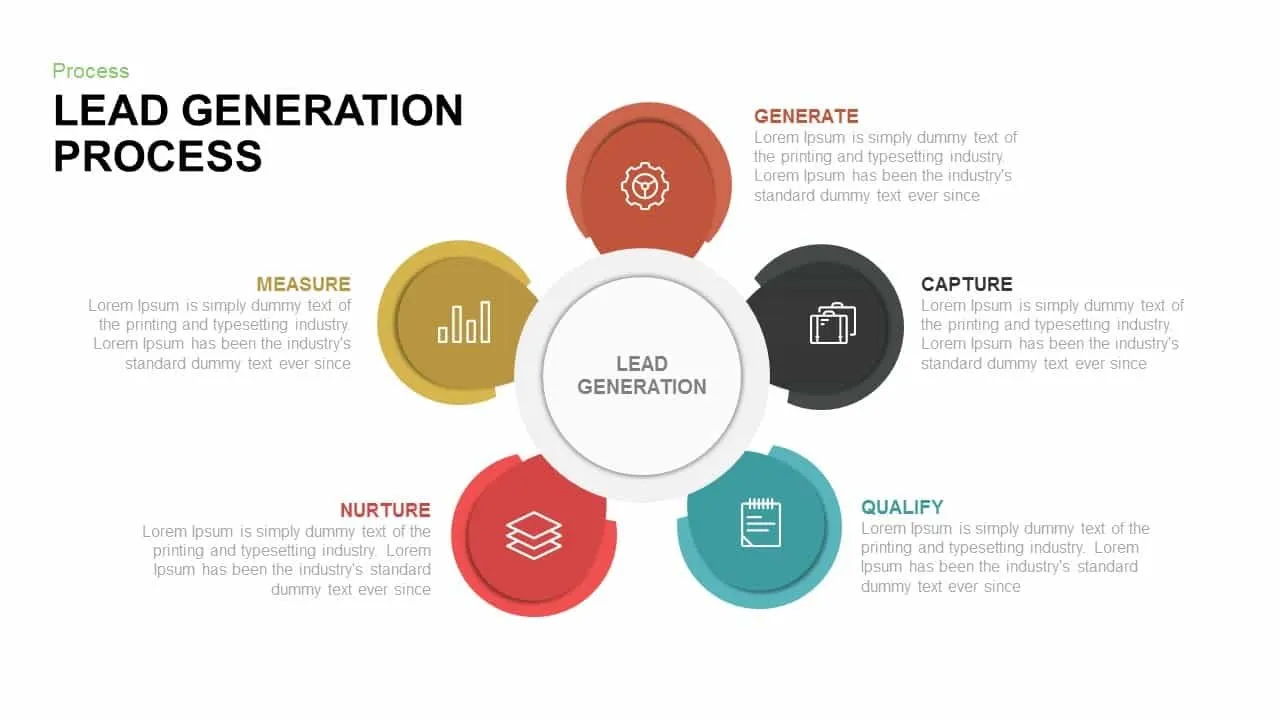
To develop a strong lead generation strategy, it's essential to follow a systematic process to generate leads effectively. Here's a step-by-step guide to streamline your lead generation efforts:
Step 1: Define Your Target Audience
Begin by identifying your target audience. For a tech company, this involves understanding who needs your technology solutions, be it other tech companies, businesses in different sectors, or individual consumers. Knowing their specific needs, pain points, and decision-making processes is crucial.
To know more on how to define your Target Audience, you can read our blog - Target Audience: Tips on how to identify them for better sale.
Step 2: Develop a Strong Lead Generation Plan
Craft a comprehensive lead gen strategy that aligns with your business objectives. This plan should detail how you intend to capture the attention of potential leads and engage them effectively to generate leads. It's about plotting the journey for target customers from a potential customer to a qualified lead.
Step 3: Implement Lead Capture Mechanisms
Use various tools and platforms to capture leads. This might include optimizing your website with lead generation tools like forms, chatbots, and effective landing pages that highlight your technology solutions. Ensure that these tools are geared towards collecting essential contact details and valuable information about your leads.
Step 4: Engage and Nurture Leads
Once you have captured leads, the next step is engagement. This involves using email marketing campaigns, informational content, and follow-ups to nurture these leads. In the IT Industry, it’s important to showcase your expertise and the value of your products or services in solving specific problems.
Step 5: Qualify Your Leads
Not all leads are equal. Use lead scoring techniques to determine which leads are more likely to convert into sales. This process involves assessing the interest level, fit, and behavior of leads. Qualified leads are those that meet your ideal customer profile and have shown a genuine interest in your offerings.
Step 6: Sales Team Involvement
At this stage, your sales team plays a crucial role. They should engage with most qualified leads, understand their specific needs, and guide them through the sales process to make them your new customers. Effective communication and demonstrating how your technology solutions align with their needs are key here.
Step 7: Analyze and Refine the Process
Finally, regularly analyze the effectiveness of your lead generation strategy and process. Look at metrics like conversion rates, lead quality, and ROI. Use these insights to refine your strategies, improve lead nurturing efforts, and enhance overall lead generation performance for your technology company.
21 Proven Lead Generation Strategy Tactics for Tech Companies
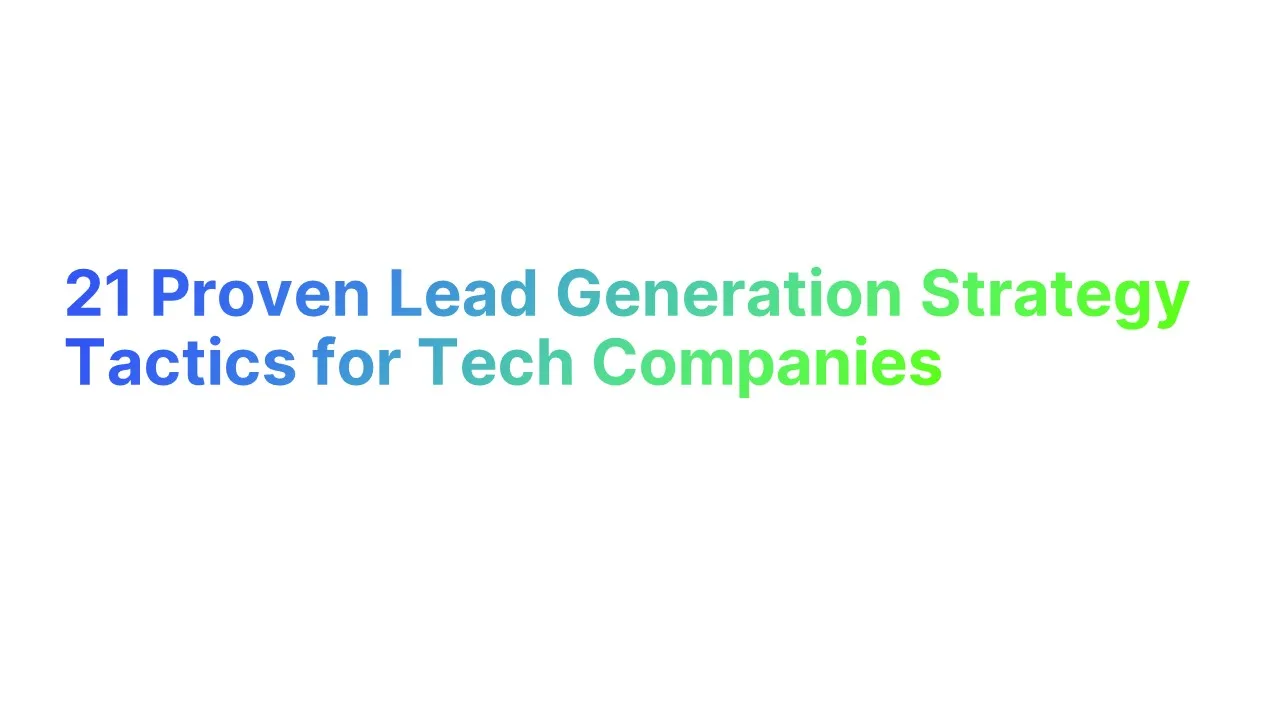
1. Optimize Your Website for Lead Capture

Your tech company's website is your digital storefront. To attract potential leads, it must be optimized for search engines (SEO) and user experience.
This means using relevant keywords, having a responsive design, and fast loading times. Ensure your website clearly communicates what you offer and includes calls-to-action (CTAs) to guide visitors towards lead capture forms.
To enhance your website, conduct an SEO(Search Engine Optimization) audit and identify areas for improvement.
Incorporate lead capture forms on high-traffic pages and use analytics to track visitor behavior and optimize accordingly.
2. Regularly Publish Engaging Blog Content

Blogs are a valuable tool for attracting potential leads to your business.
By publishing articles on a regular basis that address common questions, share industry insights, and provide value, you can establish your company as a thought leader in your field.
To make the most of your blog, create a content calendar that outlines when you will publish new articles.
Research topics that will resonate with your audience, focusing on current trends in the tech company. Use keywords strategically to improve your search engine rankings and include engaging visuals to enhance reader retention. Finally, encourage readers to subscribe to your blog for more valuable content.
3. Leverage Social Media Platforms Effectively
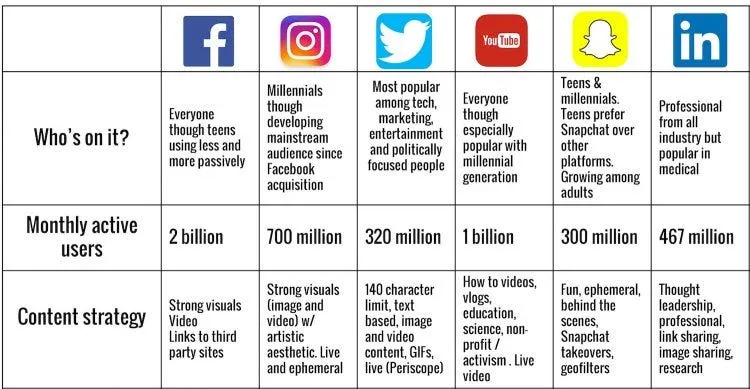
If you are looking to generate high-quality leads, LinkedIn is a more suitable platform as it allows you to connect with industry professionals. However, for B2C, platforms like Facebook and Instagram are more appropriate. To engage your audience effectively, you need a well-planned content strategy.
The content should not only resonate with your audience but also encourage engagement and drive traffic to your landing pages. Therefore, it is essential to identify which social media platforms your target audience frequents.
After determining which social media platforms your target audience frequents, the next step is to create a content strategy. Your content strategy should include regular posts, interactive stories, and live sessions to keep your audience engaged. It is also important to engage with your audience through comments and messages to build relationships and direct them to your website.
4. Implement Targeted Email Marketing Campaigns
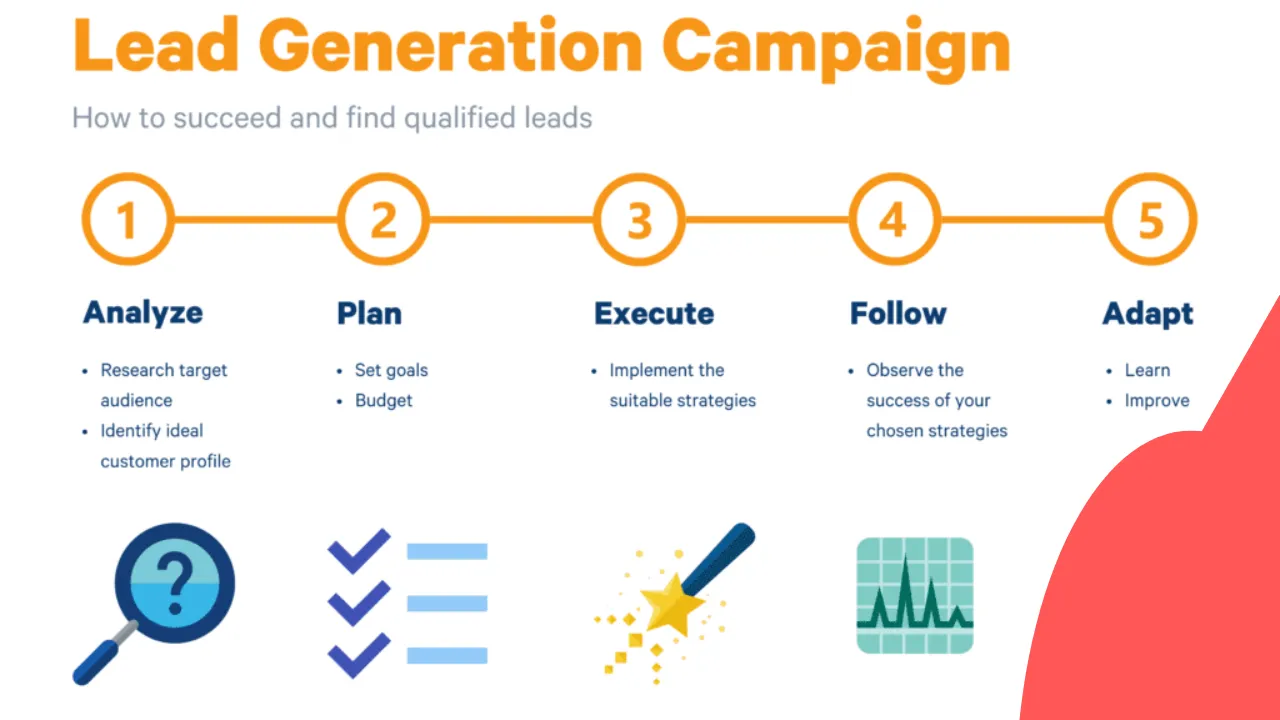
Emails can be a very effective way to reach out to potential customers.
To make the most of this channel, you should segment your audience based on their interests and needs, and send personalized emails that speak directly to them. You can use regular newsletters, updates on new products or services, and exclusive offers to keep your leads engaged.
To create more targeted and effective email campaigns, you should segment your email list based on user behavior and preferences.
This will allow you to personalize your emails with relevant content marketing, which will help to build a stronger connection with your leads or potential buyers.
You can also use automation tools to schedule drip campaigns and track open and click-through rates, which will help you to measure the effectiveness of your email marketing efforts.
To know more about how to target email marketing campaigns, you can read our blog - How do you create a successful email campaign?
5. Host Webinars and Online Events

Webinars are an effective way of showcasing your expertise and engaging directly with your audience to generate high quality leads, whether you are in a B2B or B2C context. They provide an opportunity to share valuable insights, conduct product demonstrations or discuss industry topics.
To make the most of webinars, plan events that address common challenges or highlight new technologies, and promote them through your email list and social media channels.
During the webinar, include a Q&A session to engage with attendees and encourage participation.
After the webinar is over, don't forget to follow up with participants to build on the engagement and relationship that you have established.
6. Strategically Offer Free Trials of Your Products
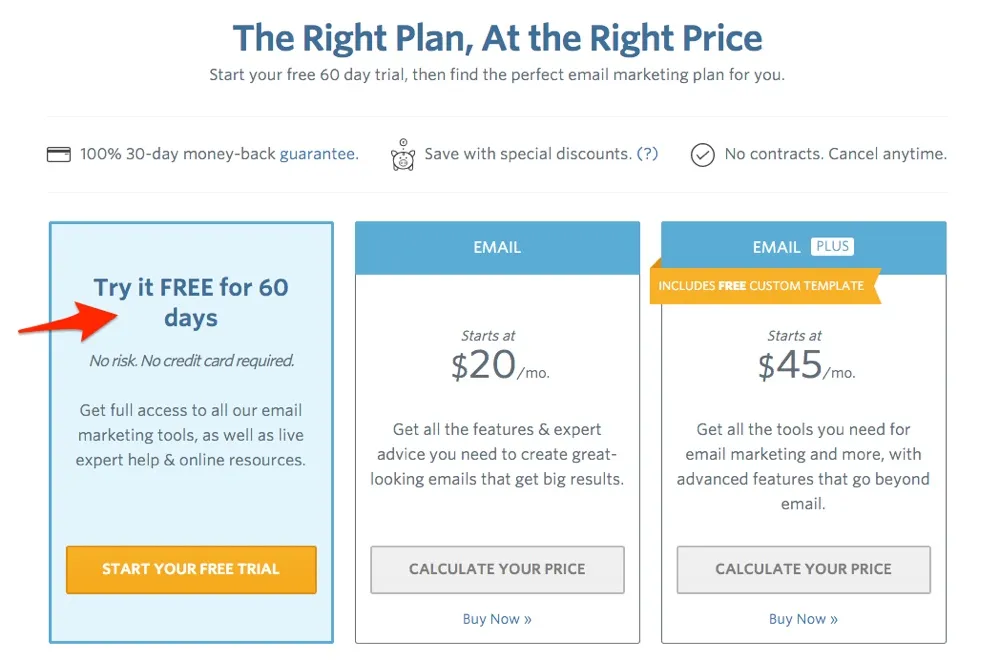
Free trials are an excellent way to demonstrate the value of their product. These trials allow potential customers to experience the product first-hand, which increases the likelihood of converting them into paying customers.
To ensure that the free trial process is successful, it is important to make it easy and accessible from your website. During the trial period, highlight the benefits and features of the product to encourage potential customers to continue using it after the trial ends.
It is also a good idea to collect feedback from users after the trial period to improve the product. Additionally, following up with special offers can help convert free trial users into paying customers.
7. Develop Referral Programs
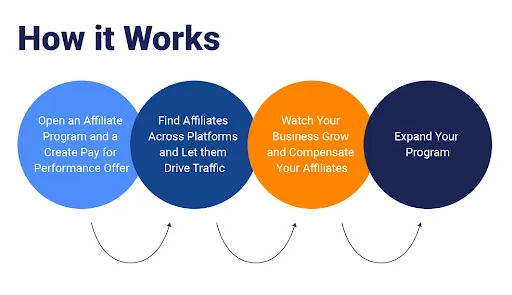
Utilize your current customer base by incorporating referral programs. Provide incentives to customers who introduce new leads. This approach not only generates new leads but also reinforces customer loyalty.
Develop a referral program that compensates existing customers for referring new leads. Advertise this program on your website, social media, and email. Ensure that the referral process is easy and track the program's performance on a regular basis.
8. Collaborate with Influencers in the Tech Industry
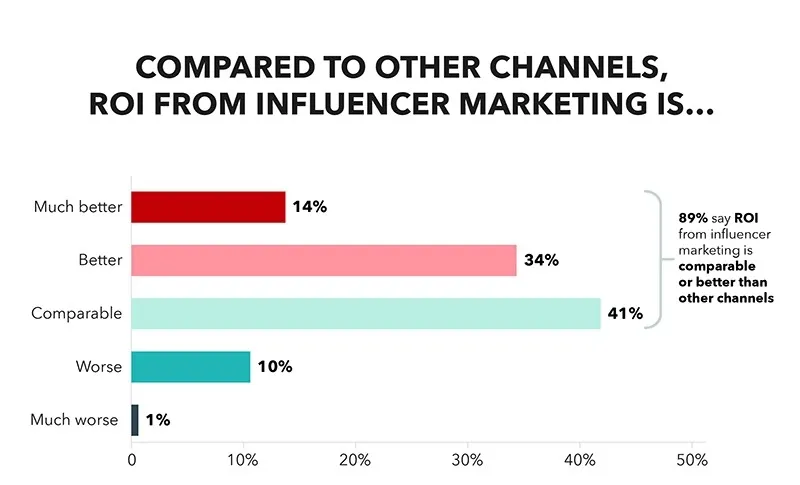
Collaborating with influencers in IT companies can be a highly effective way to tap into their audience and gain more visibility and credibility for your brand.
To do this successfully, it's important to identify influencers who align with your brand values and develop a partnership strategy that includes sponsored content, product reviews, or joint webinars.
It's crucial to ensure that the content is authentic and valuable to the influencer's audience. By following these steps, you can increase your chances of generating more leads and expanding your brand's reach. This process is known as influencer marketing
9. Conduct In-Depth Market Research

It is crucial to have a thorough understanding of your target audience. To achieve this, you should carry out market research to gather valuable insights about their needs, preferences, and pain points.
By doing so, you can develop lead generation strategies that are both targeted and effective. To gather data about your target market, you can utilize surveys, focus groups, and industry reports.
Once you have collected this data, you can analyze it to gain a deeper understanding of customer behavior and preferences. This, in turn, will enable you to tailor your lead generation strategies to better meet the needs of your target audience.
10. Network at Industry Events and Tech Conferences

Attending trade shows, conferences, and networking events that are relevant to your industry is a great way to meet potential leads, understand industry trends, and establish your brand presence.
To make the most of these opportunities, it's important to set clear networking goals ahead of time, and prepare a team to engage with attendees, distribute business cards, and collect contact details.
After the event, you should follow up with your new contacts through personalized emails or social media connections.
11. Invest in Paid Advertising

Consider investing in paid advertising campaigns on platforms such as Google Ads or LinkedIn. These advertising campaigns can be customized to target specific demographics, interests, and behaviors, making your lead generation efforts more precise.
Choose the platforms where your target audience is most active, and then design compelling ad creatives and A/B test different messages.
It is important to set a budget and track the return on investment (ROI) to ensure the effectiveness of your ad campaigns.
12. Implement Retargeting Strategies

Retargeting ads can be used to re-engage visitors who have shown interest in your products but haven’t yet made a purchase. These ads remind them of your solutions and can help bring them back into your sales funnel.
You can use a retargeting lead generation tool to display ads to users who have visited your website but didn't convert.
Personalize these ads based on the pages they visited or actions they took on your site. This will keep your brand in their minds and encourage them to return.
13. Engage in Online Tech Forums and Groups

It's important to actively participate in online tech forums and groups. By answering questions and providing insights, you can build authority and subtly guide potential leads towards your services.
To get started, identify forums and groups that are relevant to your industry. Once you've found them, actively participate by providing expert advice and solutions to users' queries.
Avoid overt selling and instead focus on building credibility. Your goal should be to guide users to your resources in a gentle way that positions you as a reliable and trustworthy expert in your field.
14. Create and Share Downloadable Resources
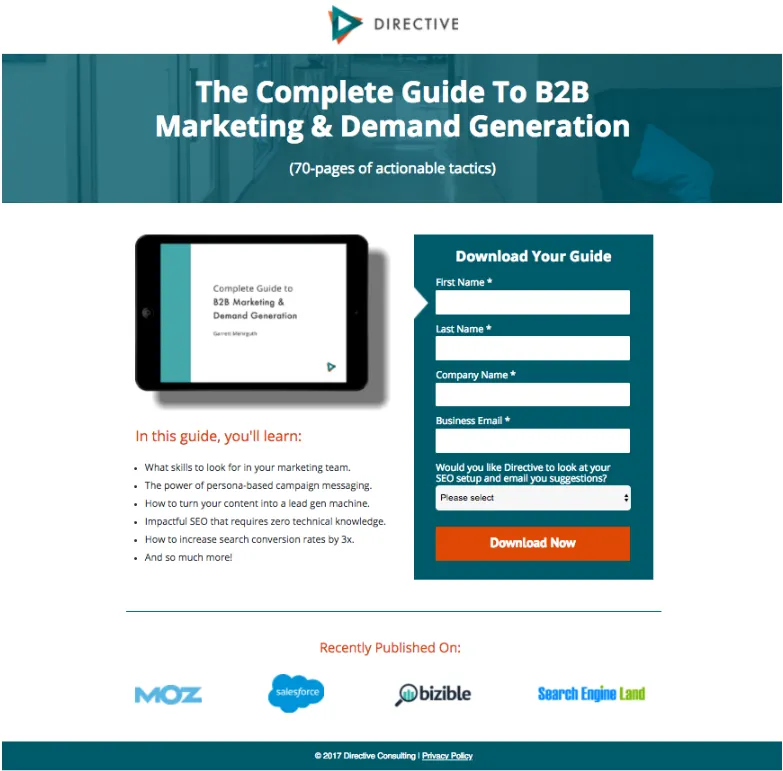
To generate leads and establish your company as a thought leader, you can offer valuable resources such as e-books, whitepapers, or case studies in exchange for contact information.
These resources should provide detailed information relevant to your industry and help position your company as a knowledgeable authority.
You can also create comprehensive guides, whitepapers, or case studies that offer in-depth information on topics relevant to your audience.
Promote these resources across your marketing channels and require an email sign-up to access them.
15. Showcase Customer Testimonials and Case Studies

To establish trust and credibility with potential customers, it is important to provide them with real-life examples of how your products or services have benefited other clients.
You can achieve this by collecting testimonials from satisfied customers, and creating detailed case studies that highlight how your product solved a specific problem.
These success stories can be shared on your website, in marketing materials, and on social media, which can help potential leads see the tangible results they can expect from your product.
16. Use Chatbots for Instant Engagement

Consider implementing chatbots on your website to offer quick and automated responses to any visitor inquiries. By doing so, you can effectively capture lead information and provide instant value to your visitors.
Additionally, you can take it a step further by implementing AI-powered chatbots to interact with visitors in real-time. Program the chatbot to answer frequently asked questions, help guide users through your site, and collect lead information for follow-up.
17. SEO for Organic Reach

Conducting keyword research is crucial to identify the terms that your target audience uses. Creating content around these keywords and optimizing your website's meta tags and descriptions will help attract more traffic. It is important to keep your content relevant and fresh by regularly updating it.
18. Account-Based Marketing for B2B
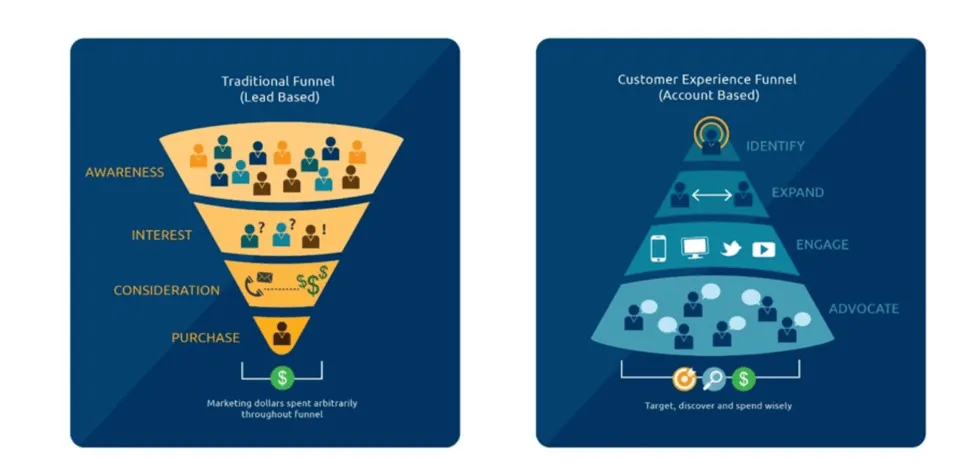
Account-based marketing is a B2B strategy that focuses on high-value clients through personalized campaigns, which helps in aligning marketing and sales efforts for more effective lead generation. The idea is to identify high-value accounts and create unique marketing campaigns that cater to their specific needs.
19. Create Compelling Video Content
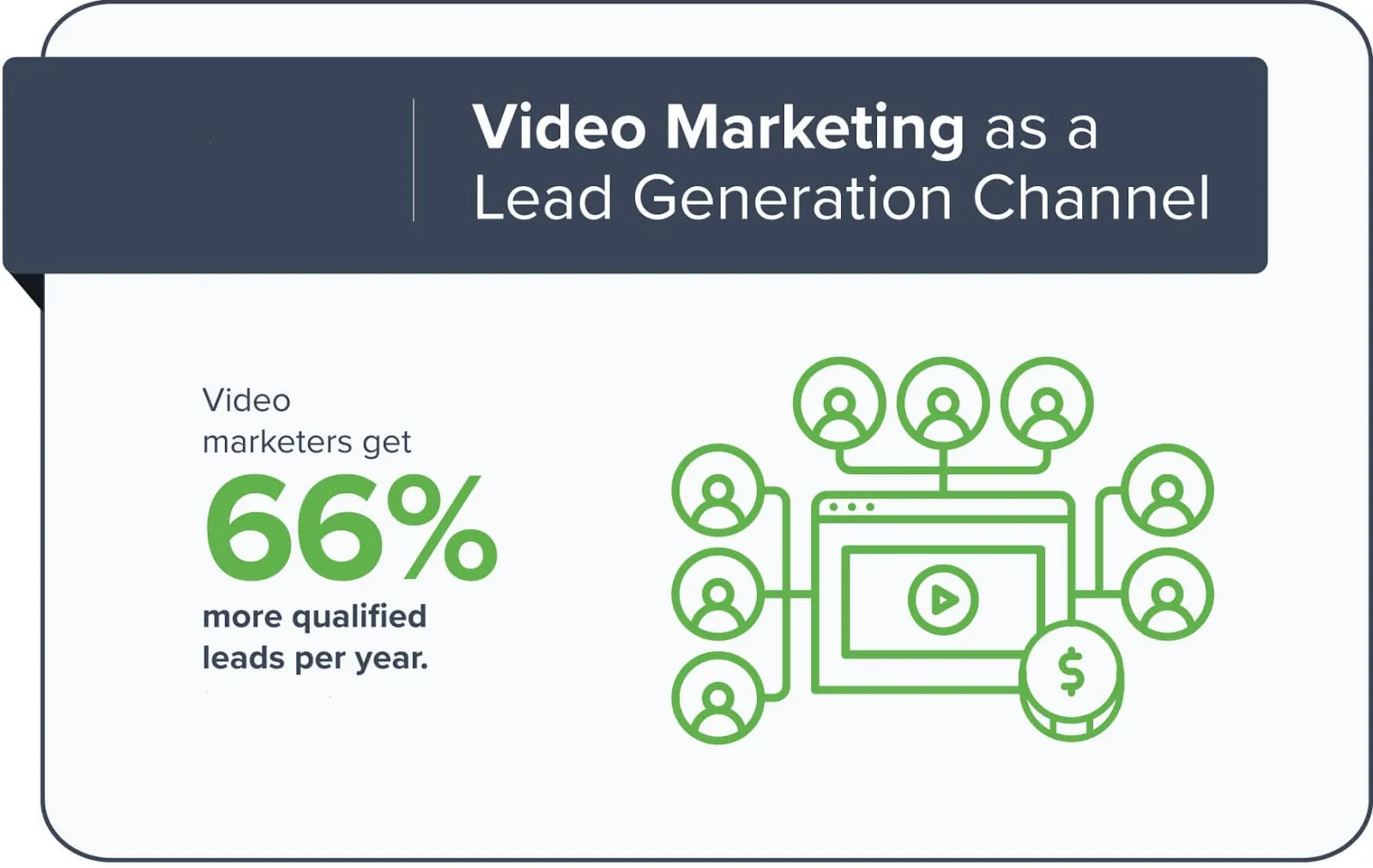
It is highly recommended to create compelling video content that can help people understand difficult technical concepts, demonstrate product features, or display customer satisfaction. Using videos can significantly enhance engagement and interest in your brand.
To achieve this, it's important to develop a video marketing strategy that includes tutorials, product demos, and testimonials from satisfied customers. You should optimize your videos for search engines and share them on social media, your website, and YouTube to reach a wider audience.
20. Collaborate with Other Tech Companies

Partner with non-competitive technology companies' work for joint marketing campaign efforts. Engage in co-hosted webinars, shared blog posts, or cross-promotional social media campaigns to reach new audiences and generate leads.
21. Analyze and Refine Your Lead Generation Tactics

To continuously improve your lead generation process, it is important to regularly review your tactics and strategies.
You can use analytics tools to measure metrics like conversion rates and lead quality to gain insights into what is working and what needs improvement. Based on these insights, you can adjust your tactics and refine your strategies to achieve better results and an improved ROI.
Importance of Sales Team in Lead Generation
The Sales Team is responsible for identifying potential leads through market research, focusing on tech companies, various businesses, and individual consumers.
The team engages these leads, using their industry knowledge to effectively communicate the products' or services' benefits and features.
The goal is to convert these confirmed leads or potential buyers into customers through skilled negotiations and addressing any final concerns.
After a sale, the team works on building lasting customer relationships, which can lead to future sales opportunities.
Feedback from the sales team is vital in refining the lead generation process, ensuring continuous improvement in strategies and sales tactics.
This comprehensive approach by the sales team is crucial in driving the lead generation campaigns in the technology sector.






.webp)


